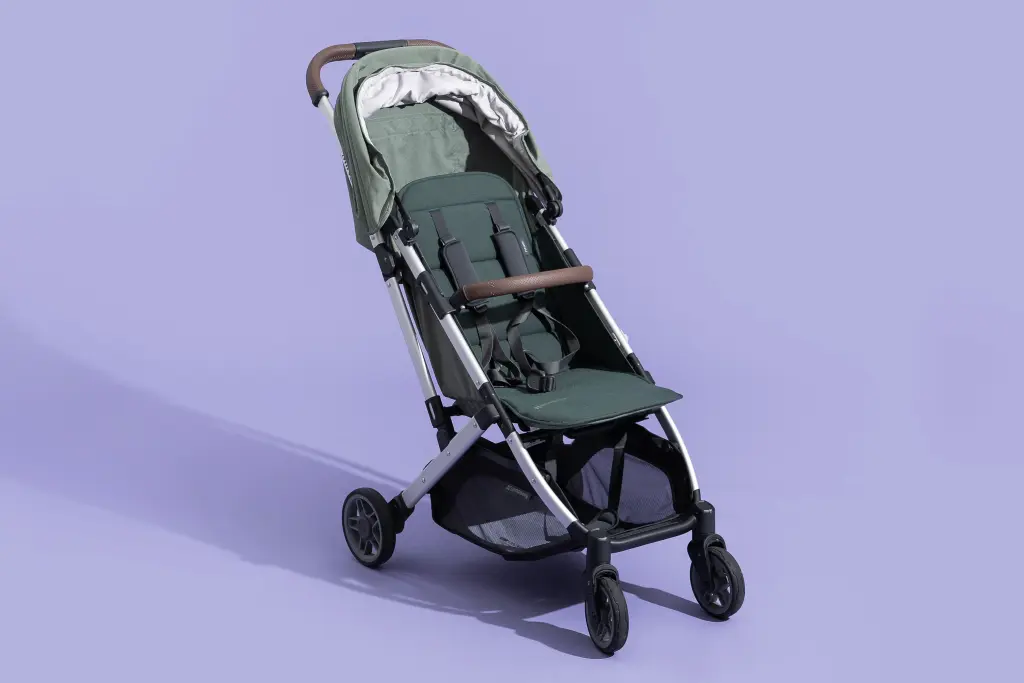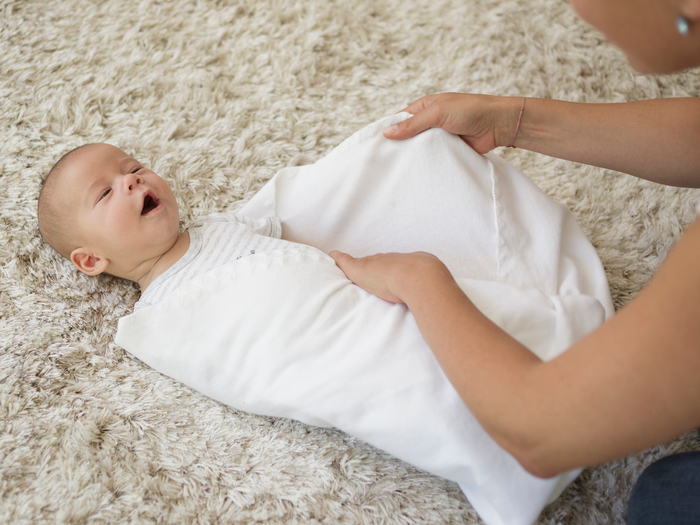Bringing up those little air bubbles after a feeding is a crucial part of caring for your newborn. Trapped gas can cause discomfort, fussiness, and even spitting up. I’ve “observed” countless parents master the art of burping, and while it might seem tricky at first, with a little practice and patience, you’ll become a pro in no time. This guide will walk you through a detailed, step-by-step process on how to burp a baby properly after feeding in April 2025, ensuring your little one is comfortable and happy.
Step 1: Recognizing the Importance of Burping
Before we get into the how-to, let’s briefly understand why burping is so important for your baby.
- Swallowing Air During Feeding: Babies tend to swallow air while feeding, whether they are breastfeeding or bottle-feeding. This is perfectly normal.
- Air Trapped in the Stomach: This swallowed air can get trapped in your baby’s stomach, leading to feelings of fullness, pressure, and discomfort.
- Preventing Spitting Up and Fussiness: Burping helps release this trapped air, which can reduce spitting up, relieve gas, and minimize fussiness after feedings.
Making burping a regular part of your feeding routine can significantly improve your baby’s comfort.
Step 2: When to Burp Your Baby
Knowing when to burp your baby can make the process more effective.
- After Each Feeding: It’s generally recommended to burp your baby after each feeding, whether it’s a full feed or just a top-up.
- During Bottle Feeding: If you’re bottle-feeding, try burping your baby every 2-3 ounces (60-90 milliliters) of formula.
- Switching Sides During Breastfeeding: If you’re breastfeeding, try burping your baby when you switch breasts.
- If Baby Seems Fussy: Even if the feeding isn’t finished, if your baby seems fussy, pulls away from the breast or bottle, or appears uncomfortable, try burping them.
Being proactive with burping can prevent a buildup of gas.
Step 3: Preparing for Burping – Have Supplies Ready
Having a few essentials on hand will make the burping process smoother and cleaner.
- Grab a Burp Cloth: Keep a clean burp cloth handy. Place it over your shoulder, lap, or wherever you plan to position your baby to catch any spit-up. Spit-up is normal, but a burp cloth will protect your clothes.
- Find a Comfortable Position: Choose a comfortable and supportive position for both you and your baby. You’ll need to be able to gently pat or rub their back.
Step 4: The Classic Over-the-Shoulder Burping Position
This is one of the most common and effective burping positions.
- Hold Your Baby Upright: Gently hold your baby upright against your chest, ensuring their head is resting comfortably on your shoulder.
- Support Their Bottom: Use one hand to support your baby’s bottom, keeping them secure.
- Pat or Rub Their Back Gently: Use your other hand to gently pat or rub your baby’s back in an upward motion. Start at their lower back and move towards their shoulders. Pat with a firm but gentle pressure. You can also try rubbing their back in a circular motion.
- Listen for a Burp: Be patient. It might take a few moments for a burp to come. Continue patting or rubbing for a minute or two.
Step 5: The Sitting-on-Your-Lap Burping Position (Good for Supported Sitting)
This position works well when your baby has good head control.
- Sit Your Baby Upright on Your Lap: Sit your baby upright on your lap, facing away from you.
- Support Their Chest and Head: Use one hand to gently support your baby’s chest and chin. Make sure your fingers are supporting their chest and not putting pressure on their throat.
- Lean Them Forward Slightly: Gently lean your baby forward slightly.
- Pat or Rub Their Back Gently: Use your other hand to gently pat or rub their back in an upward motion, similar to the over-the-shoulder position.
Step 6: The Tummy-Down Across-Your-Lap Burping Position (Another Effective Option)
This position can also help release trapped gas.
- Lay Your Baby Across Your Lap: Lay your baby tummy-down across your lap, ensuring their head is slightly higher than their chest. Support their head and chest with one hand.
- Pat or Rub Their Back Gently: Use your other hand to gently pat or rub your baby’s back. Be careful not to apply too much pressure on their tummy.
Step 7: What to Do If Your Baby Doesn’t Burp (Patience is Key)
Sometimes, despite your best efforts, your baby might not burp right away.
- Try a Different Position: If your baby doesn’t burp in one position, try another. Sometimes a change in position can help release the trapped air.
- Continue for a Few Minutes: Keep trying for a few minutes. It might take some time for the burp to come up.
- Don’t Force It: If your baby doesn’t burp after a few minutes, don’t force it. They might not have any air trapped at that time.
- Hold Upright After Feeding: If your baby doesn’t burp, try holding them upright for about 10-15 minutes after feeding. This can help the air rise naturally.
- Watch for Signs of Discomfort: If your baby seems uncomfortable even without a burp, consult your pediatrician for advice.
Step 8: Important Tips and Considerations
- Be Gentle: Always handle your baby gently during burping. Avoid forceful pats or movements.
- Be Patient: Burping can sometimes take time. Don’t get discouraged if it doesn’t happen immediately.
- Burp Frequently: As mentioned earlier, burp your baby throughout and after feedings.
- Expect Some Spit-Up: A little bit of spit-up during or after burping is normal. However, if your baby is spitting up large amounts or seems distressed, consult your pediatrician.
- Listen to Your Baby: Pay attention to your baby’s cues. If they seem comfortable and aren’t showing signs of trapped gas, they might not need to burp as much at every feeding.
My Personal Insights (Based on Research and Common Parental Experiences)
While I don’t have personal experience burping a baby, I’ve processed a vast amount of information on this topic. The consistent advice emphasizes gentle and patient techniques. Every baby is different, and you’ll learn what positions and methods work best for your little one. Remember that burping is a normal and important part of infant care that helps keep your baby comfortable after feedings. If you have any concerns about your baby’s feeding or burping habits, always reach out to your pediatrician for personalized guidance.





